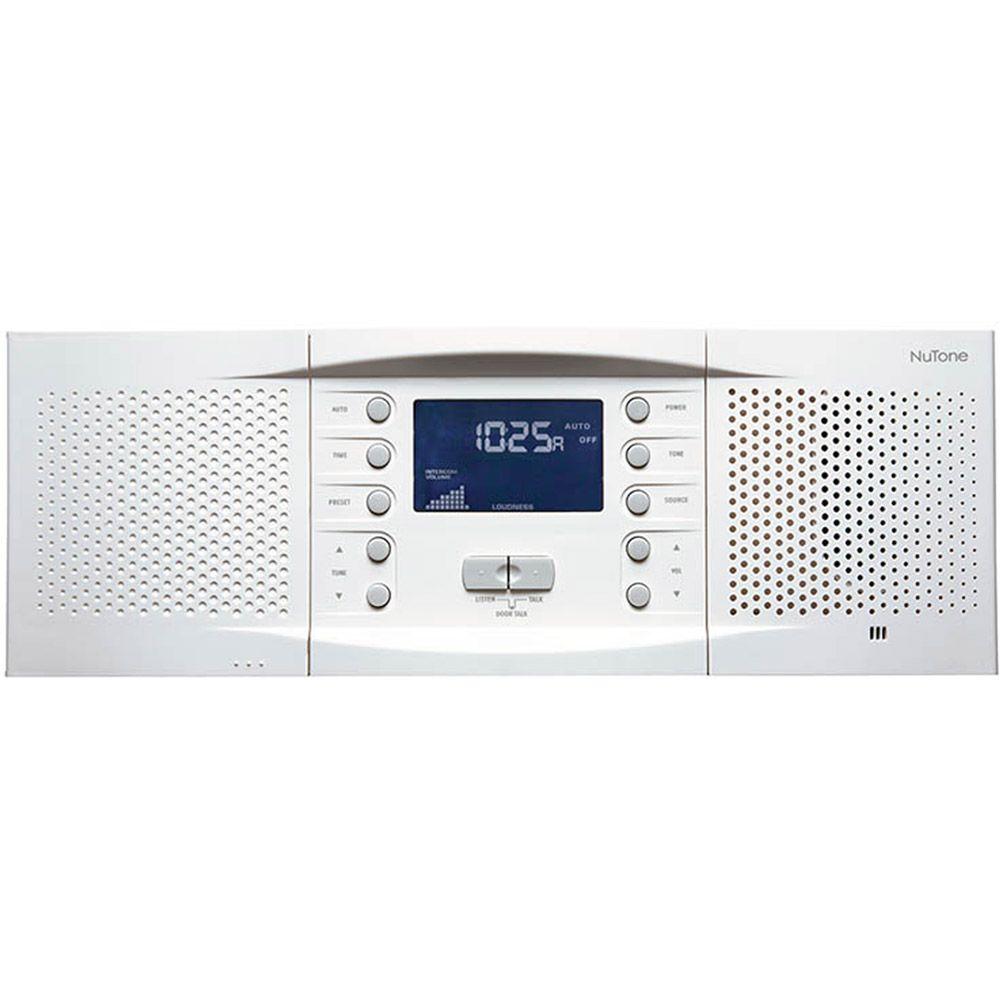
Which brings us to a third type of wired system: the Cat-5 intercom system. If you need all station-to-station communication then it may make more sense to purchase a telephone system or a CAT-5 intercom system. To get substation-to-substation communication may require running 10-pair or more wiring. Most of these kits are two-wire, but they only allow master intercom to substation communication with no communication between the substations. We put together some kits of wired intercom components to make ordering easier for you.
#Ntone desktop intercom full
About the only intercoms that are full duplex these days are expensive wireless broadcast intercoms that we do not sell. Most basic intercom systems still use this method of half-duplex communication. Then the wires are used to receive the voice from the other party, and vice-versa. When one party is talking, the wires are being used to transmit the voice to the other party. With only one pair of wires, they have to be used for both transmit and receive. All parties on the call can speak at the same time.Ģ-wire wired intercoms are usually half-duplex only. Neither party can talk at the same time.įull duplex communication is what a telephone uses. The person on the other radio does the same to respond to you. When you want talk to someone else with a compatible radio, you have to press a button to talk, let go, and then wait for a reply. Half-duplex communication is like push-to-talk "walkie-talkie" radios or CB radios. In voice communications there are half-duplex and full-duplex methods of transmission and receiving. Other systems like the Cat-5 system described below have stations that would all be considered master stations enabling you to call anywhere.
#Ntone desktop intercom install
In some cases you can add more master stations that can call each other, but then you have to install cable that has more pairs of wires to accommodate multiple channels of communication. The substations can only make a call to a master station and not to other substations. Some systems like the 2-wire system described below have one station that is considered a "master" station, which means that it allows you to make calls to multiple substations. The intercom signal traveling over one phase doesn't always make it to the other. Half of your house will be on one phase and the other half on the other phase. The electricity in your house comes in as 220 volts and is split into two phases of 110 volts each. The other issue these intercoms have is that they don't always work in different parts of a house or business. There are lots of devices that could interfere with these intercoms.
#Ntone desktop intercom tv
Or they work until you add a high definition flat screen TV and then they fail. Sometimes they work fine until you plug in something like a laptop computer nearby to charge. These systems are not recommended for most people and we do not offer them since they can be so unreliable. They are very low featured, but they are also very inexpensive. You may experience buzzing, poor audio, or they may work perfectly well for you. These units are very susceptible to interference from both inside and outside the house or business. While they sound like the ideal solution for basic applications, most users are typically not happy with these intercom systems, at least not for long. These intercoms are typically passed off as "wireless" intercoms since you do not have to install wiring between locations You just plug them in anywhere you have an outlet and they're ready to go. Power Line Carrier (PLC) intercom systems communicate using a very low FM frequency over your house's existing 110 volt AC house wiring that supplies power to receptacles and light fixtures.

Here we briefly cover the underlying technology behind each system and give you the positives and negatives about each one of them. This section will help clear up some of the confusion you'll experience as you search for the right intercom or door phone system for you.


 0 kommentar(er)
0 kommentar(er)
